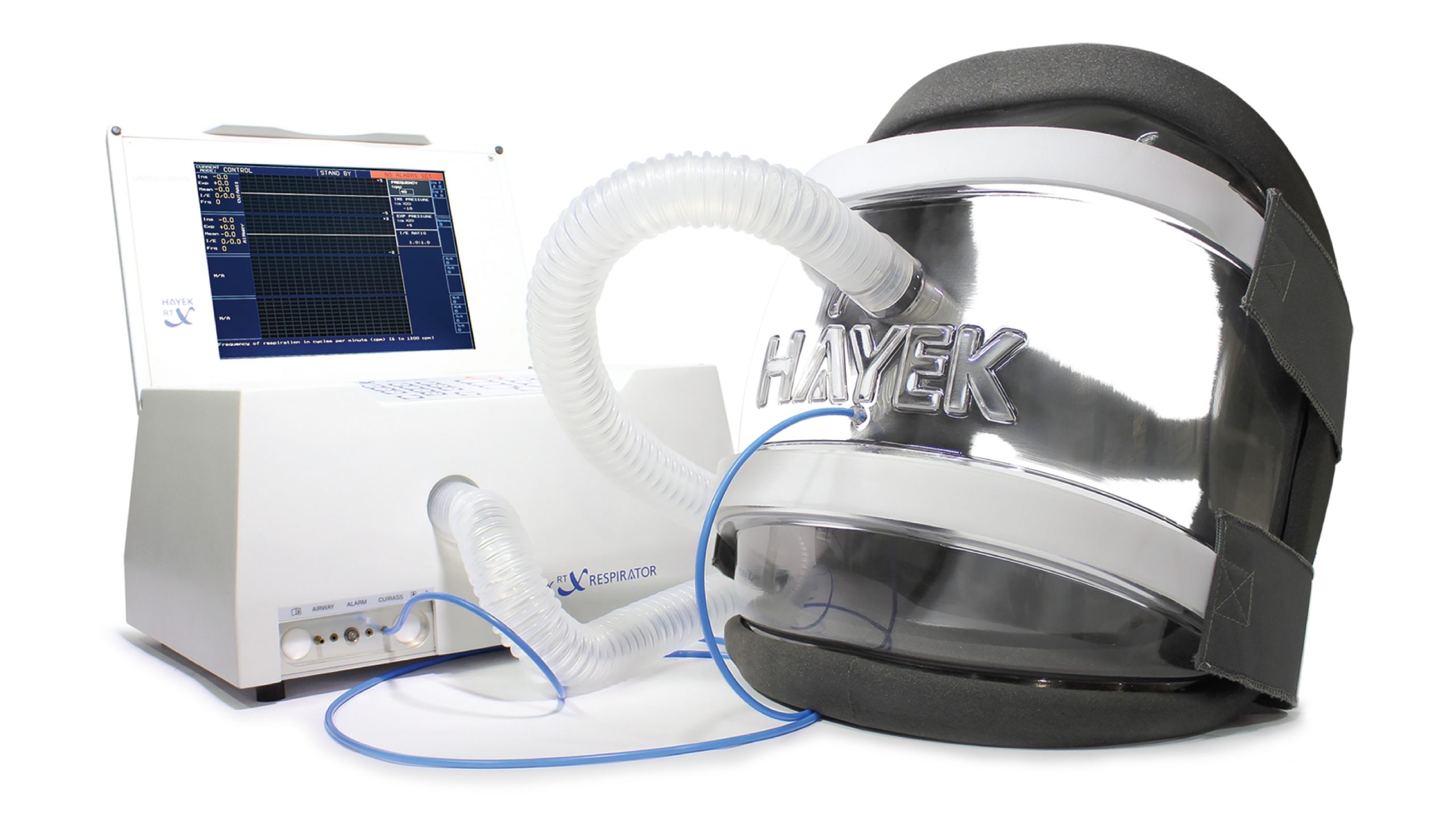Biphasic Cuirass Ventilation (BCV) can be initiated early after the diagnosis of MD. Studies have shown that early intervention may slow down the progression for the need of invasive mechanical ventilation and tracheostomy. This will minimize the unnecessary side effects of prolonged use of positive pressure ventilation and decrease hospital readmissions, time spent in the ICU, and in the hospital. In addition, the patient will be able to eat, drink and talk with breath to breath augmentation of their lung volumes.


